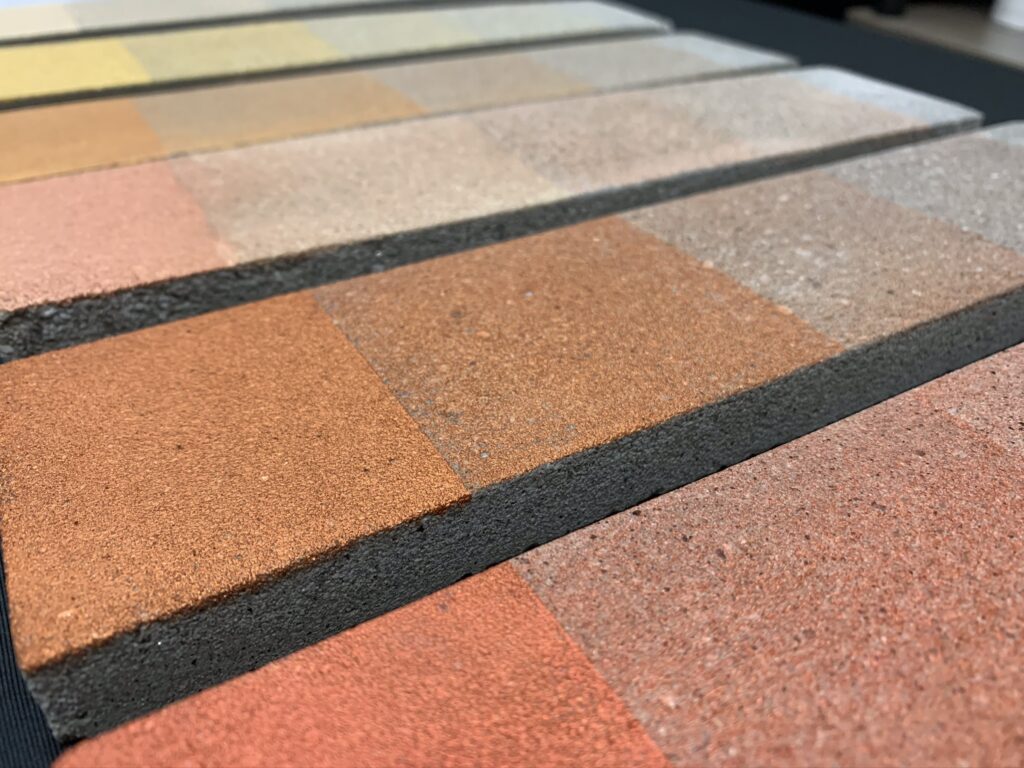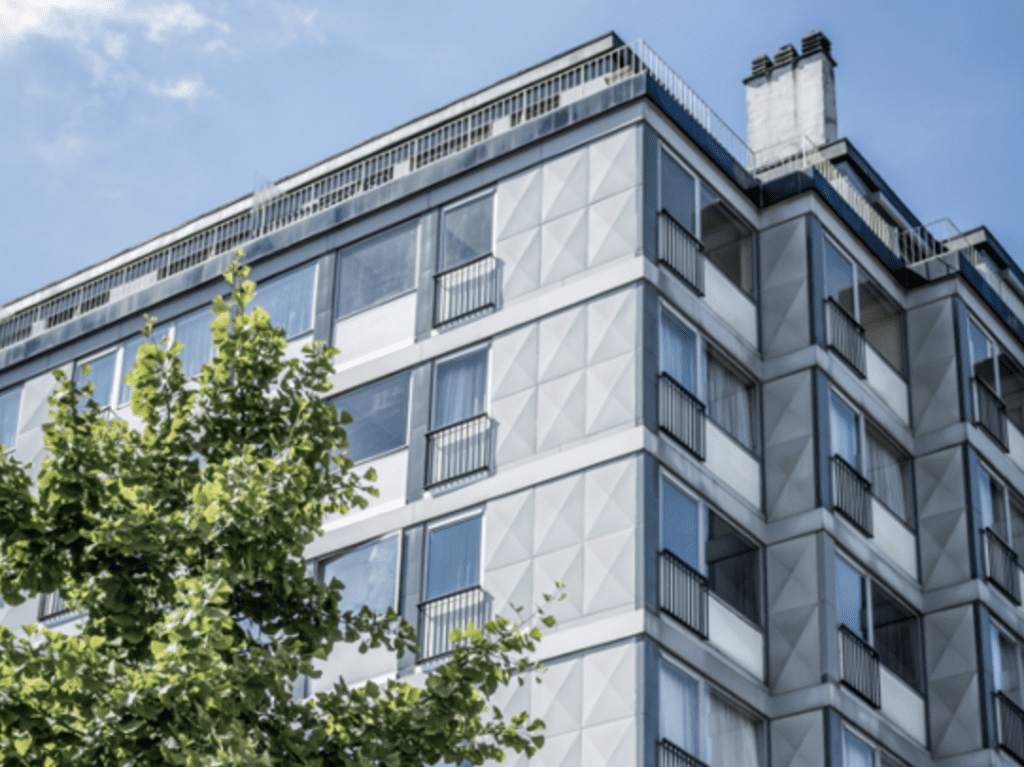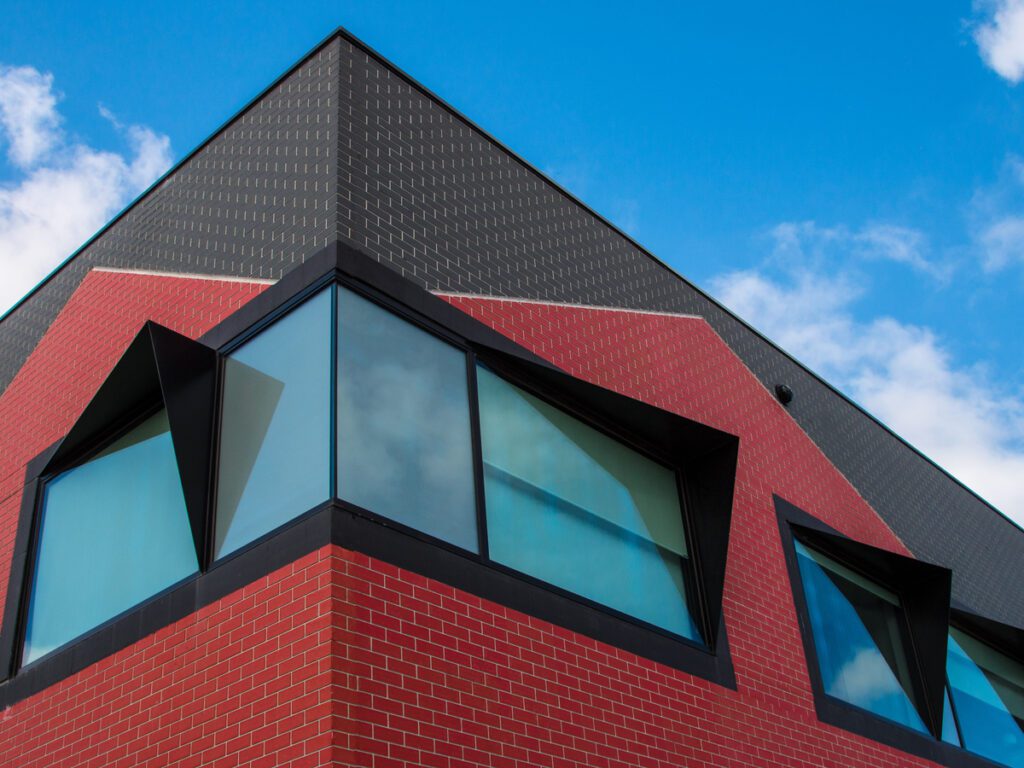Architects, project managers, and homeowners wondering how to stain concrete or masonry surfaces on their latest projects often wonder why paint isn’t a better option. A cursory search online reveals that stain is better than paint for exterior applications, but what benefits can be seen with the added expense?
The truth is, stain is fundamentally different than paint in the way it provides color to a surface. Stain doesn’t peel, chip, or fade, and the way stain binds with a surface means you can expect that color to stick around for years and years to come.
Stain isn’t commonly understood—which is why we’re thrilled to be launching our Science of Stain white paper. But for now, let’s talk about what you need to know about the science of stain and finishing systems.
How to Stain Concrete & Masonry with Mineral Stain Technology
The first thing you need to know about concrete and masonry surfaces is that they are porous. And that porosity has a big impact on how paints and stains stick to them.
The surfaces of these materials are made up of a dense web of holes, divots, and sponge-like tunnels. So, when you roll paint over them, these tunnels become sealed out from the outside world. Over time, water in here freezes or expands, and dirt or debris pushes at the paint from the inside.
The end result of all that pushing and freezing in chipped and cracked paint. Stain, luckily, adds color another way. Stain attaches deep into these tunnels, allowing the surface to “breathe.” And mineral stain bonds with these surfaces chemically, which means there is no difference between the surface and the stain itself!
Knowing how to stain concrete can be the difference between a beautiful exterior renovation and a costly nightmare of a remodel.

Photocatalytic Technology and Material Lifespan Extension
Aside from mineral stain, Nawkaw also offers photocatalytic finishing systems. Sounds complicated, right? Well, in short, these systems are designed to go over a host of surfaces like glass or stained concrete and give them the ability to look newer for longer.
So how does that work? Essentially, this photocatalytic finishing system—which we call NawKote-PC, is hydrophilic. That means it pulls water towards itself. So, when things stick onto the surface, like mildew, dirt, or debris, water gets pulled underneath it, and rainwater will then rinse it all away!
Studies both from us and externally have shown these sorts of finishing systems can extend the lifespans of the buildings. That means fewer demolitions and more building sustainability!

Investing in the Future of Architecture
Nawkaw’s very interested in these technologies for a few reasons. Of course, knowing how to stain concrete and give our customers the best possible result is what we do. But beyond that, these technologies reduce the need for expensive chemicals, premature demolitions and do a lot to advance environmental protection.
Sustainability is one of our core values. So, we practice what we preach, and we have the scientific data to back that up!
If you’d like to learn more about how our products work and get into the chemistry behind it, the Science of Stain white paper is out now! It covers everything from concrete calcification, titanium dioxide forms, porosity tests, and much more. Check it out now!

